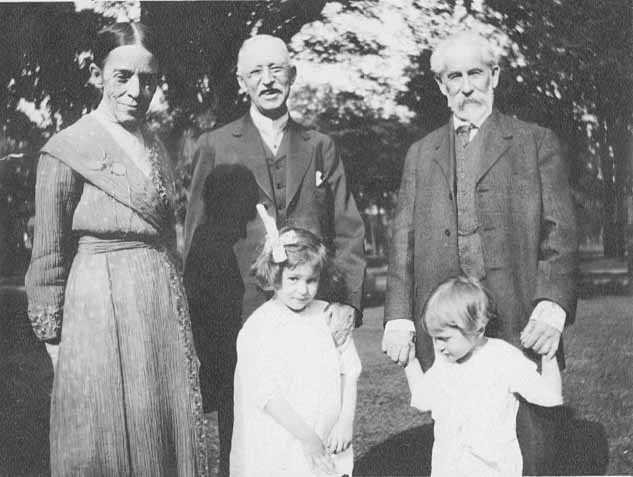
Folwell Park, as well as the Folwell neighborhood, Folwell School and Folwell Hall at the U of MN, are all named for William Watts Folwell. William Folwell was born in 1833 in Romulus New York. He received his undergraduate degree in 1857 from Hobart College, and then went on to get a Master’s Degree and was an adjunct professor of mathematics there. During the Civil War he received the rank of Brevet Lieutenant-Colonel of Engineers while serving in the 50th New York Volunteer Engineer Regiment. In 1869 he became the first president of the University of Minnesota, which consisted of just eight faculty members and 100 students in a single building at the time.
William Folwell was also a major advocate of Minneapolis parks and supported having parks across the city. He, along with Charles Loring, was also a proponent of playgrounds for children and playing fields in parks before those activities were widely considered appropriate in parks.
He was on the Minneapolis Park Board from 1889-1907 and was the board’s president from 1893-1905. He was the person who came up with the term “Grand Rounds.” Folwell is quoted as saying, “We owe it to our children and all future dwellers in Minneapolis to plan on a great and generous scale. If we fail to accomplish, let them know it was not for lack of ideas or ideals.” Later from 1924-1927, he was president of the Minnesota Historical Society. Folwell passed away in 1929 and is buried at Lakewood Cemetery.
The park board commissioners began obtaining the land for what would become Folwell Park by condemnation procedures in 1916. The property owners were paid for their land at a total cost of $35,160 which was assessed to the other property owners in the vicinity of the park. In the 1917 annual report of the park board, the plans for the park showed the northern half of the park devoted to playgrounds, a wading pool and playing fields, with the southern half left for woods, walking paths and lawns. In the center of the park would be a field house. Along the western edge of the playing fields in the northern half, Superintendent Theodore Wirth proposed a grandstand for spectators, and near the center of the southern half he proposed a bandstand.
Wirth didn’t have details for the field house or other improvements in the report because at that time any park improvements were assessed against property in the neighborhood, and if the property owners weren’t willing to pay for the improvements, improvements couldn’t happen. Wirth had to wait for feedback from the property owners to see how much they were willing to pay for. For years, they weren’t willing to pay for any improvements at all.
In November 1922 the area residents finally asked for improvements to the park. Improvements began in 1923, including a skating rink and playground equipment. By the end of 1924 a shelter building (that also served as a warming house), ball fields, playgrounds, a wading pool, tennis courts and horseshoe courts were constructed with finishing touches put on the park in early 1925.
On July 4, 1925 the park was dedicated and William Watts Folwell, who was then 92 years old, was in attendance at the ceremony for the park named after him.
In 1927 a pergola and permanent bandstand were added to the park. The bandstand performances were very popular and Folwell Park was usually among the top-performing parks in the community into the 1950s.
After World War II, Folwell Park was one of the first five parks in the city to offer year-round playground programming and to be equipped with lights for outdoor games at night. In 1970 the shelter building at Folwell Park was replaced by a new community center and gym which was paid for by city bond. In the years since then, there have been a number of changes but each year many people still enjoy the park named for William Watts Folwell.


